Some places on Earth stay hidden from tourist crowds, locked away from curious eyes and adventurous feet. While most islands welcome visitors with open arms and sandy beaches, certain spots around the globe remain strictly forbidden to outsiders.
These mysterious islands keep their secrets closely guarded and protected by governments, private owners, or nature. Think of these places as Earth’s exclusive clubs – ones where even the most determined travelers can’t buy their way in.
Let’s explore these forbidden shores and uncover why they remain off-limits.
Izu Islands, Miyake-jima (Japan)
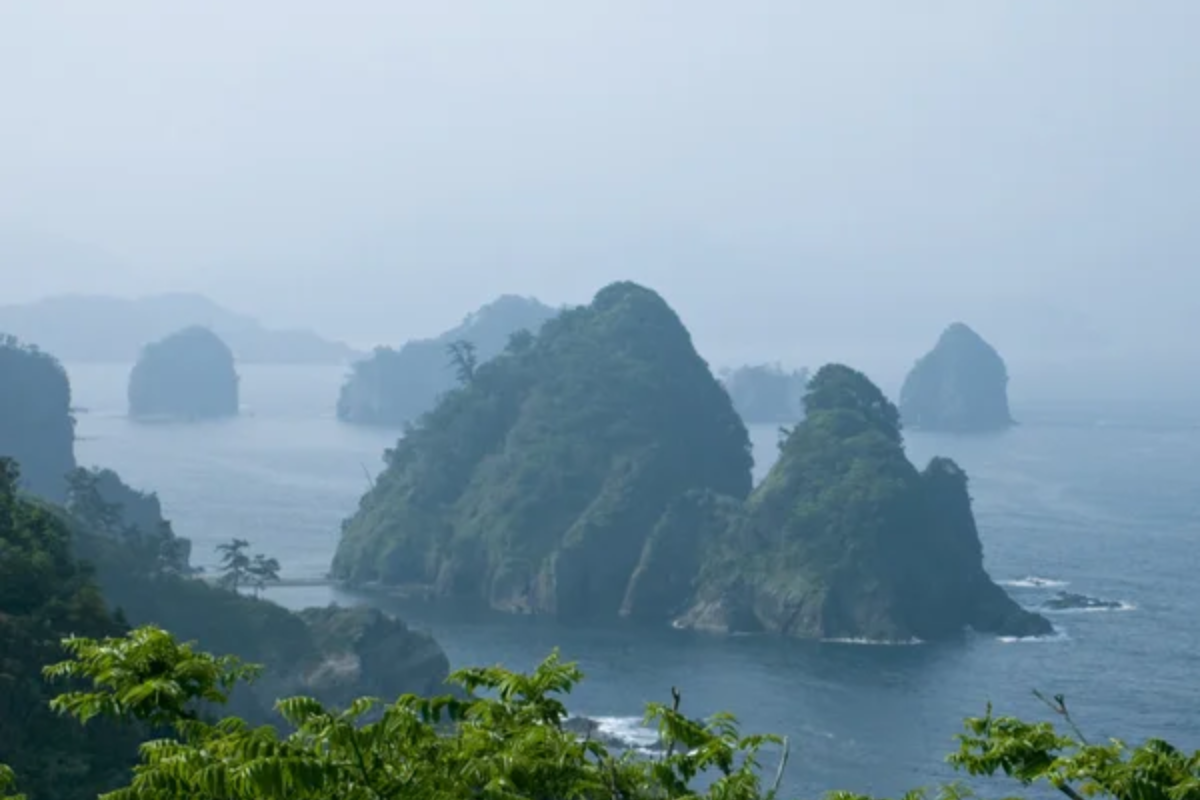
This Japanese island sits quietly under a constant cloud of volcanic gas, requiring residents always to wear gas masks. Mount Oyama regularly releases dangerous levels of sulfur dioxide, making it one of the world’s most closely monitored volcanic islands.
Despite the extreme conditions, a small population still calls this place home, though visitors are strictly prohibited due to the toxic atmosphere. Residents even sleep with gas masks nearby, as alarms can sound at any time when gas levels become too high.
Snake Island (Ilha da Queimada Grande), Brazil
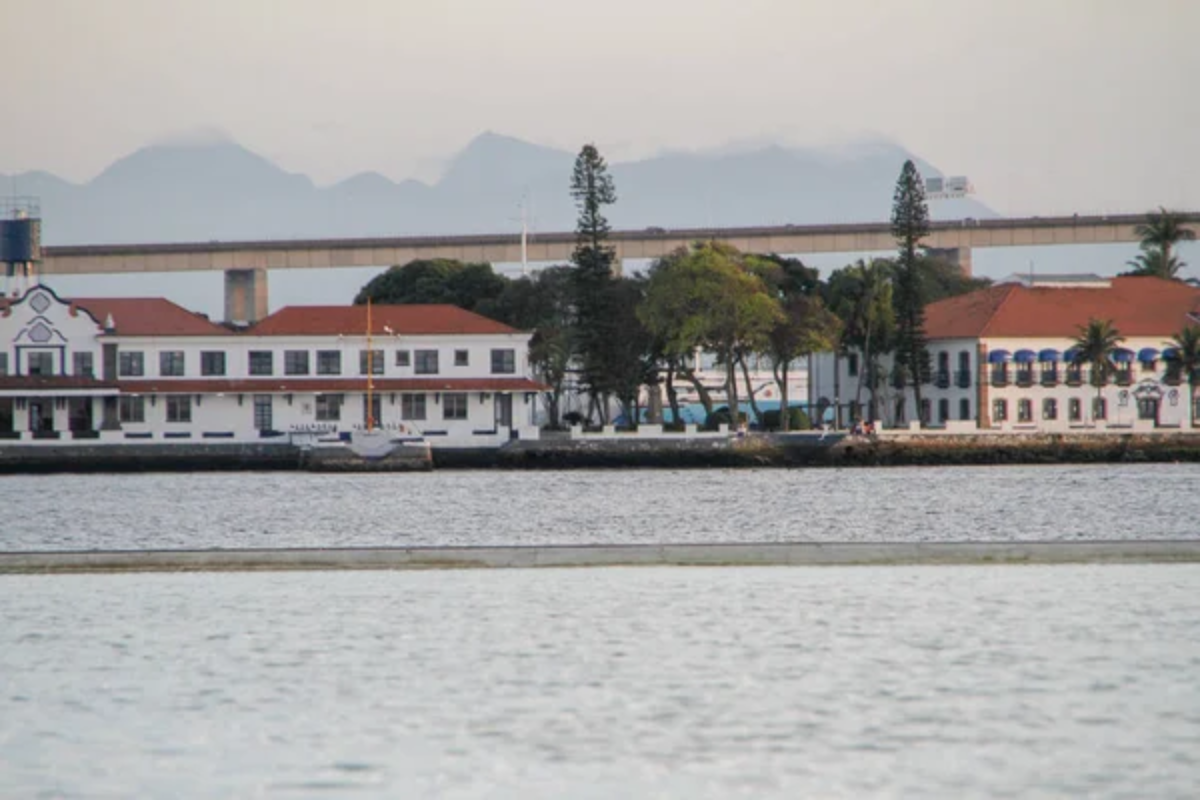
This seemingly peaceful island off the Brazilian coast hides a deadly secret—it’s home to thousands of golden lancehead vipers, one of the world’s deadliest snakes. The Brazilian government has banned all visitors except select scientists who receive special research permits.
Scientists estimate there’s approximately one snake for every square yard of the island, making it arguably the world’s most dangerous. The last lighthouse keeper and his family reportedly died when snakes slithered through their windows at night.
Like Travel Pug’s content? Follow us on MSN.
Poveglia Island, Venice (Italy)
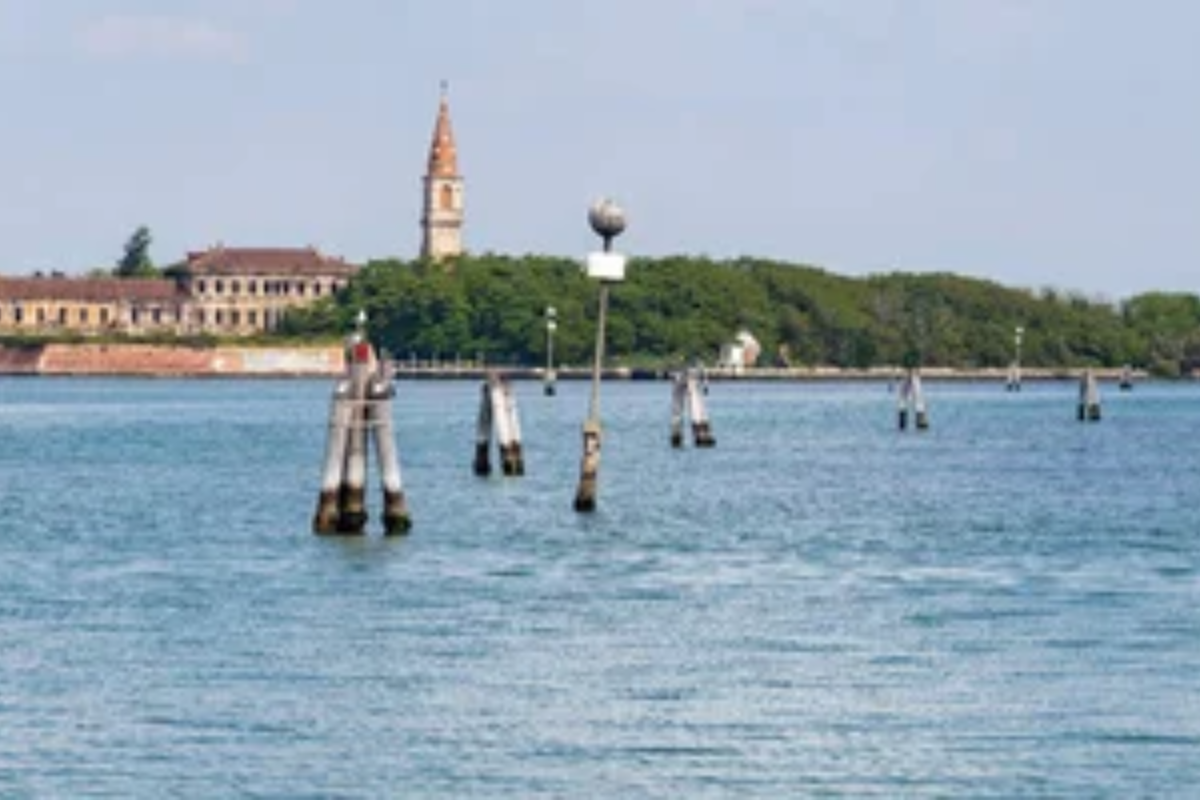
This small island between Venice and Lido holds dark memories as a former quarantine station during the plague years. The Italian government strictly prohibits visitors due to both structural dangers and its grim history as a dumping ground for plague victims.
Local legends say the island’s soil consists of nearly 50% human remains from mass graves and cremations. The crumbling hospital buildings and abandoned churches silently witness centuries of suffering.
Niihau Island, Hawaii (USA)
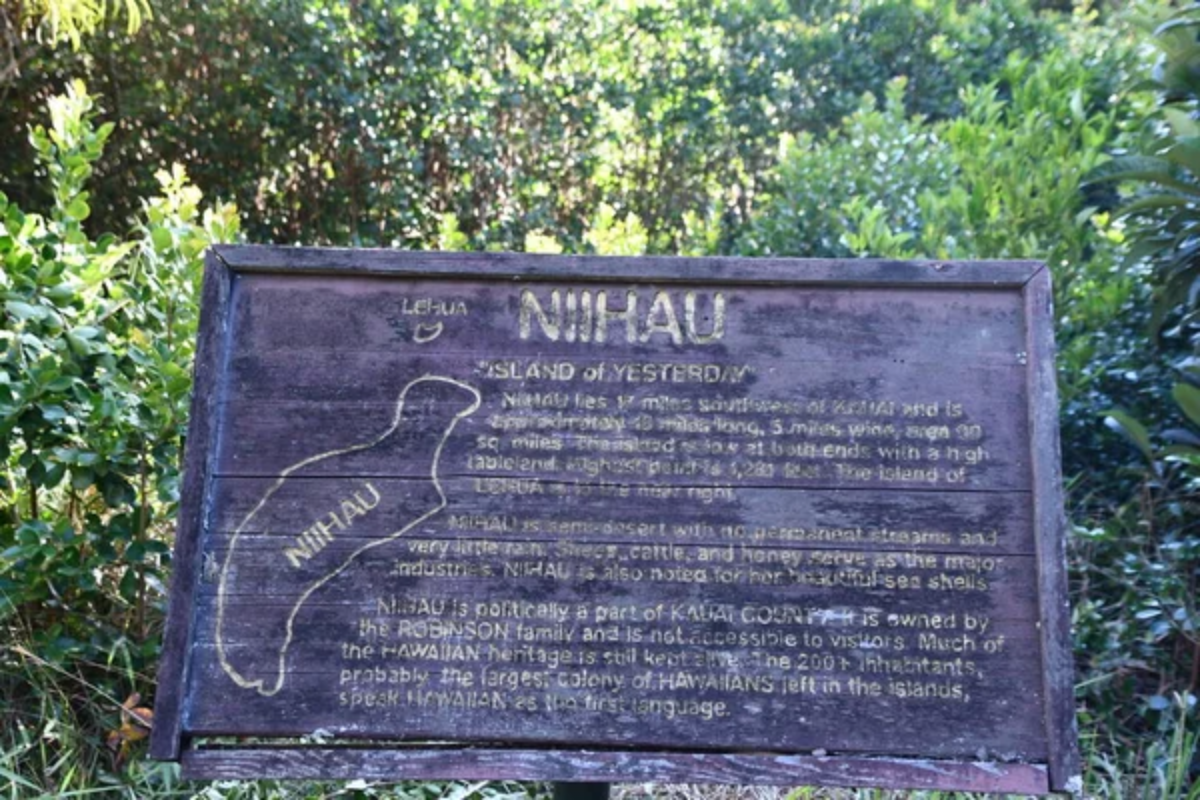
Known as the ‘Forbidden Isle,’ this privately owned Hawaiian island has been closed to outsiders since 1864. The Robinson family, which owns the island, maintains strict rules to protect the native Hawaiian culture and lifestyle of its small population.
Modern conveniences like the internet and electricity remain limited on the island by choice. The roughly 170 residents speak Hawaiian as their first language and live much as their ancestors did generations ago.
Vozrozhdeniya Island, Aral Sea (Kazakhstan/Uzbekistan)
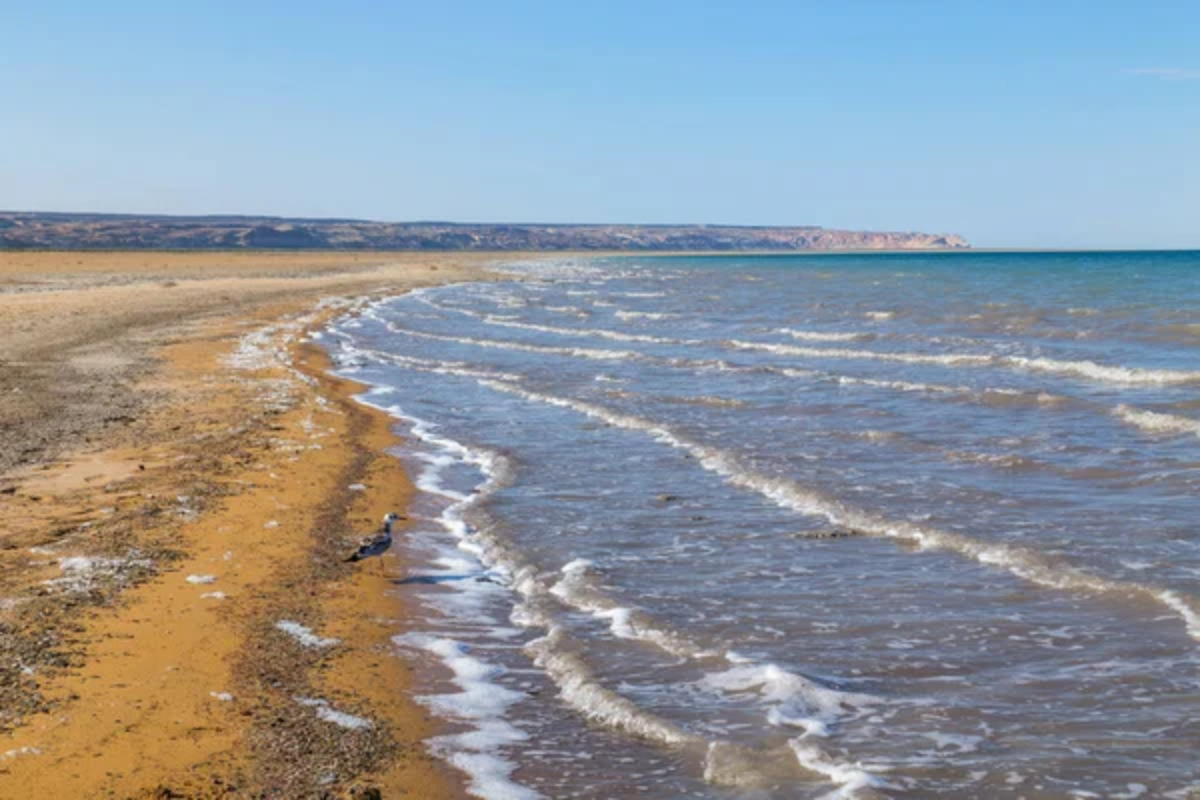
Once the world’s largest biological weapons testing facility, this former island now connects to the mainland due to the Aral Sea’s shrinking. The Soviet government conducted dangerous experiments here with anthrax and other deadly pathogens for decades.
Despite cleanup efforts, the soil still contains dormant spores that could pose serious health risks to visitors. Local authorities maintain strict access restrictions to prevent exposure to potentially harmful substances.
Like Travel Pug’s content? Follow us on MSN.
Surtsey Island, Iceland
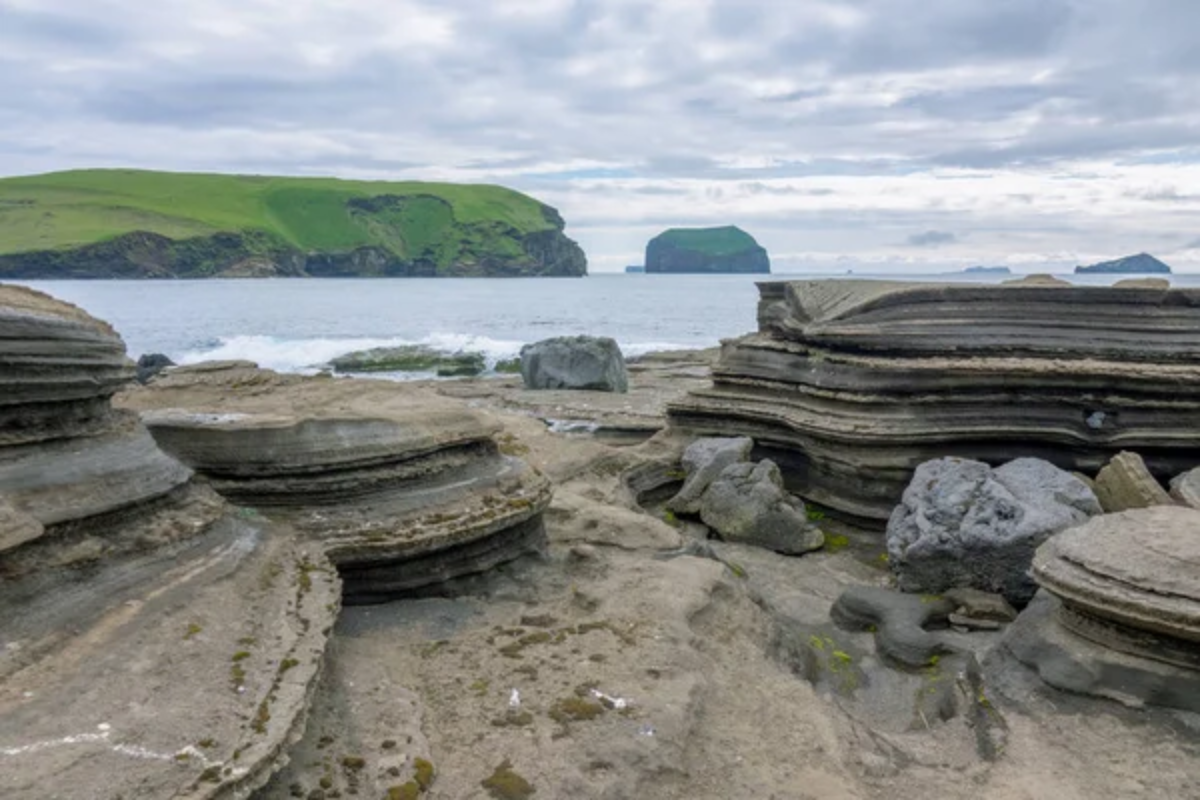
Born from volcanic eruptions in 1963, this young island remains closed to everyone except a few scientists. The Icelandic government protects it as a unique opportunity to study how life colonizes new land without human interference.
Scientists must follow strict protocols to avoid contaminating the island with outside seeds or organisms. The island serves as a living laboratory for understanding natural ecological succession.
Gruinard Island, Scotland (UK)
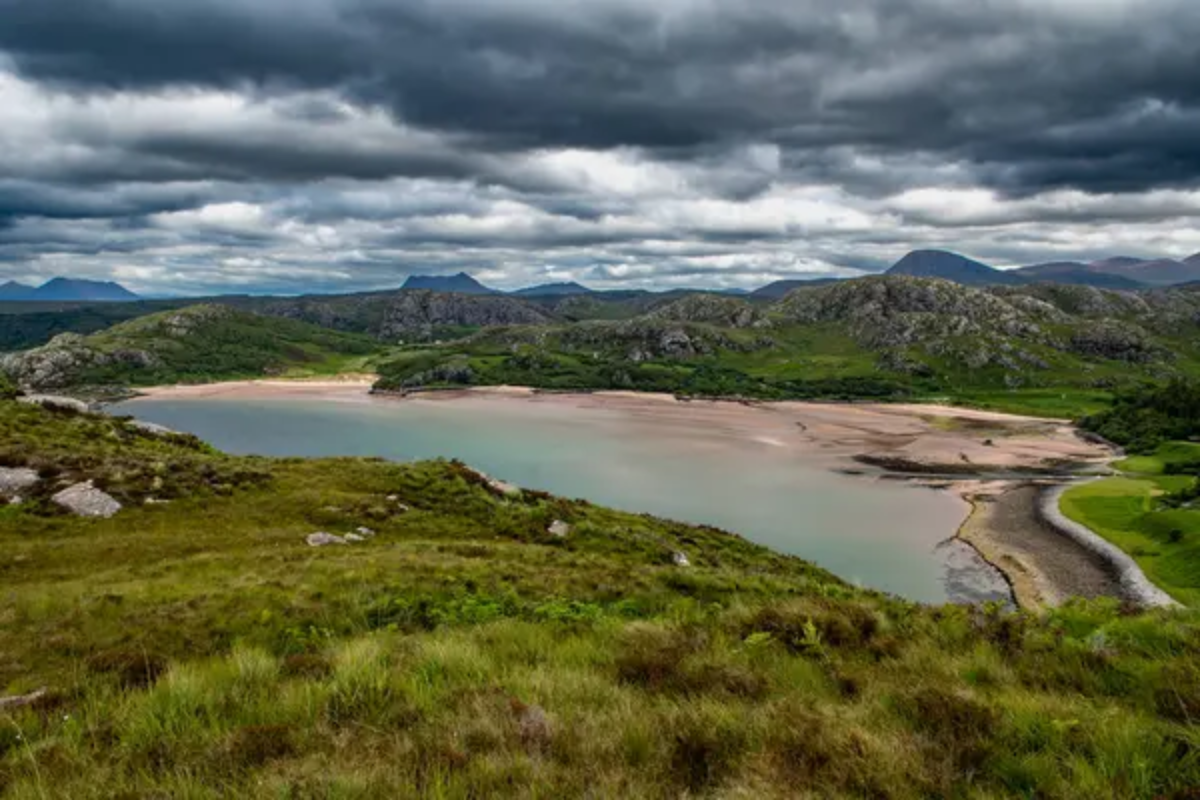
This small Scottish island became Britain’s dark secret after World War II experiments with anthrax left it dangerously contaminated. The British government quarantined the island for nearly 50 years until extensive decontamination efforts in the 1980s.
While officially declared safe in 1990, the island remains off-limits to protect its recovering ecosystem and prevent any risk of exposure. Local boats maintain a respectful distance, remembering the island’s dangerous past.
Heard Island, Southern Ocean (Australia)
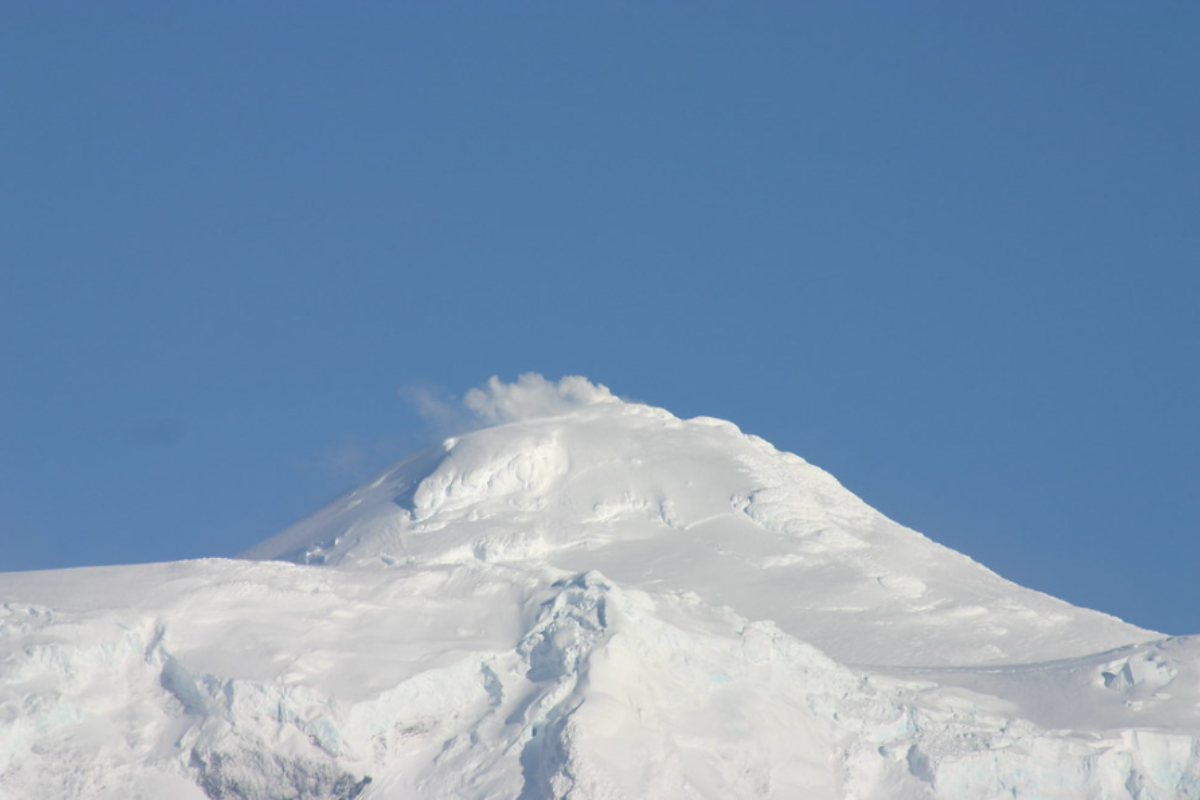
Located in one of Earth’s most remote spots, this sub-Antarctic island hosts an active volcano and remains closed to protect its pristine environment. The Australian government requires special permits that are rarely granted, mainly for scientific expeditions.
Extreme weather conditions and the lack of safe harbor make access nearly impossible for most of the year. The island’s isolation has helped preserve unique species found nowhere else on Earth.
Like Travel Pug’s content? Follow us on MSN.
Mejit Island, Marshall Islands
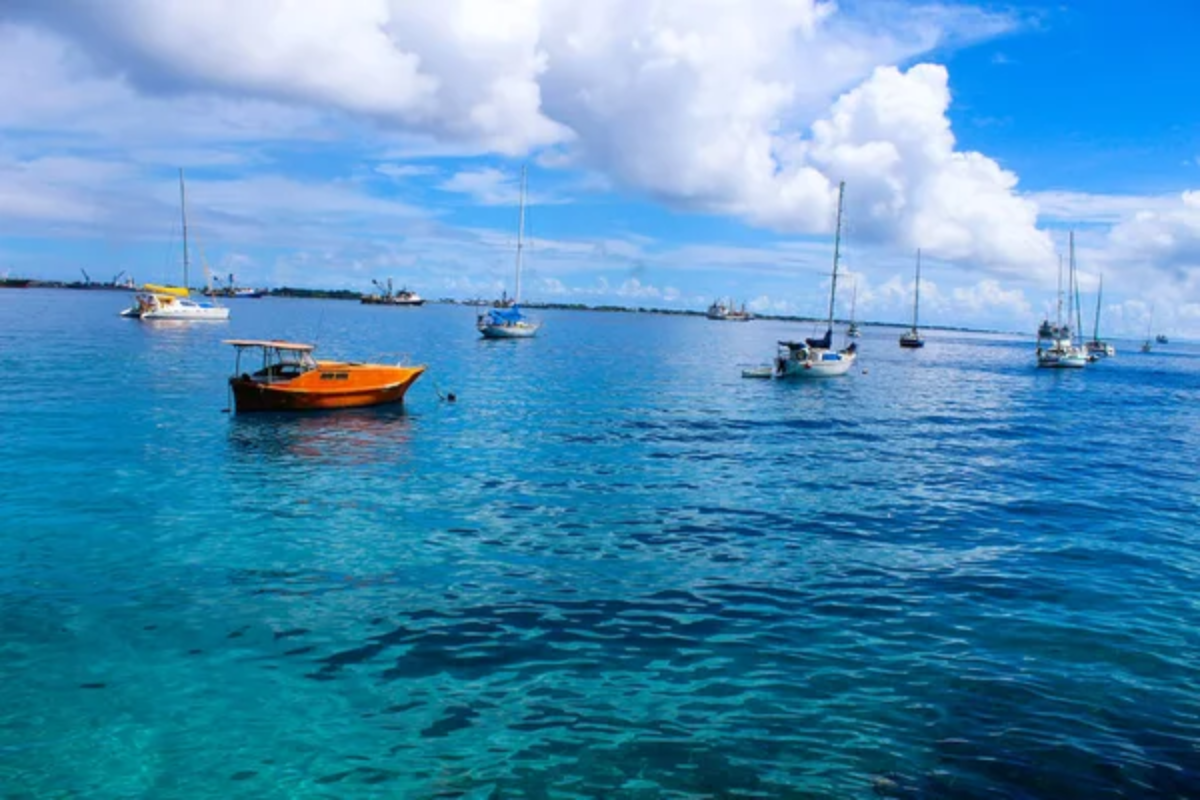
This tiny coral atoll strictly limits outside access to protect its traditional way of life and delicate ecosystem. The local community maintains centuries-old customs and sustainable fishing practices without modern interference.
The island’s elders govern according to traditional laws that have kept their culture intact for generations. Access requires special permission from both the government and tribal council, which is rarely granted.
Palmyra Atoll, Pacific Ocean (USA)
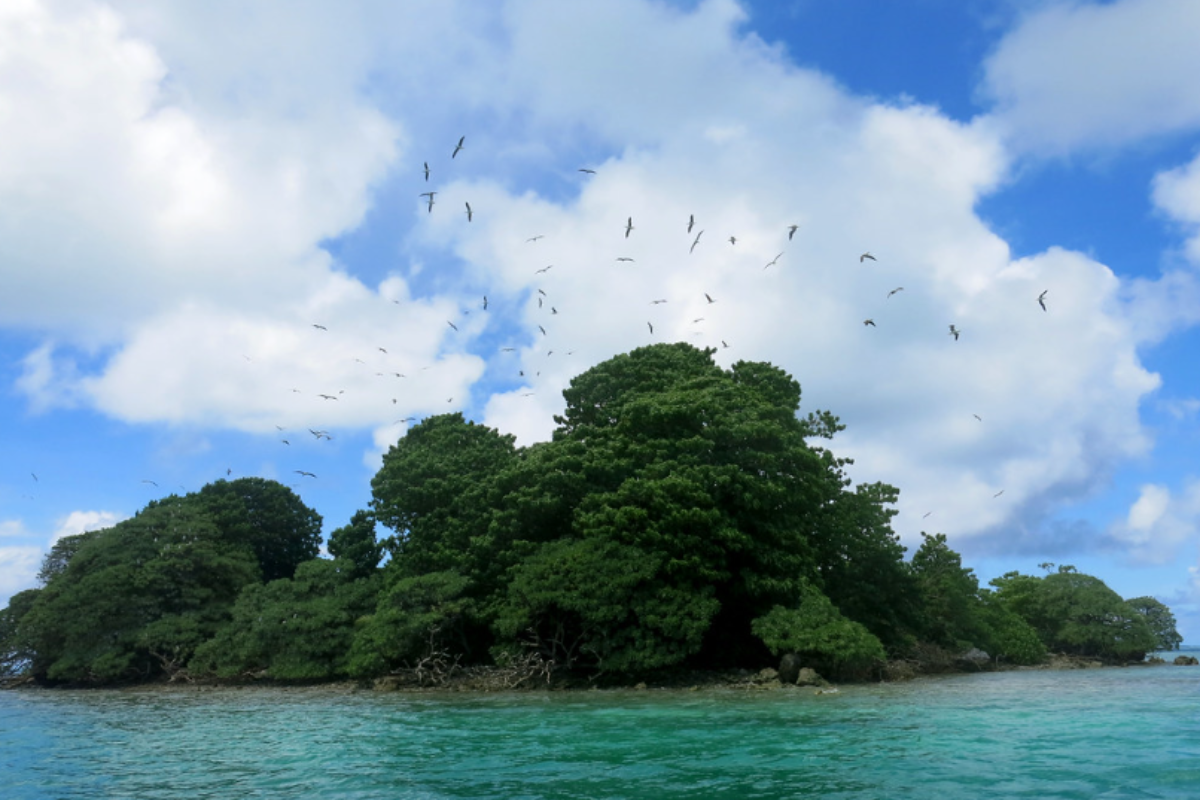
The Nature Conservancy manages this remote Pacific atoll as a scientific research station, keeping it closed to casual visitors. The atoll’s pristine coral reefs and diverse marine life provide crucial data about climate change and ocean health.
Strict access controls protect ongoing research projects and the ecosystem’s delicate balance. Even scientists must undergo rigorous quarantine procedures before setting foot on the island.
Diego Garcia, British Indian Ocean Territory
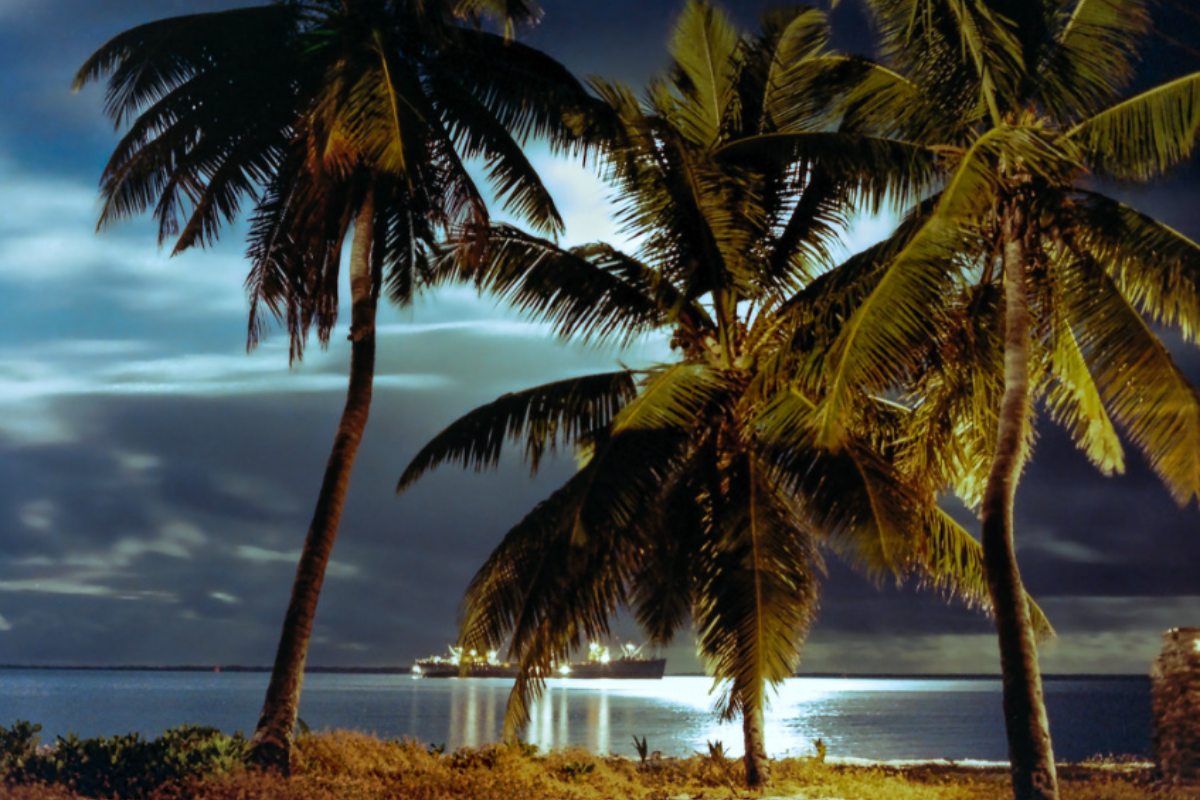
This militarized island serves as a strategic US naval base and remains strictly off-limits to civilians. In the 1960s, the British government forcibly relocated the native population to allow military operations. High-security measures and regular patrols ensure no unauthorized access to this important military installation.
The island’s location makes it a crucial hub for military operations in the Indian Ocean region.
Like Travel Pug’s content? Follow us on MSN.
Runit Island, Marshall Islands
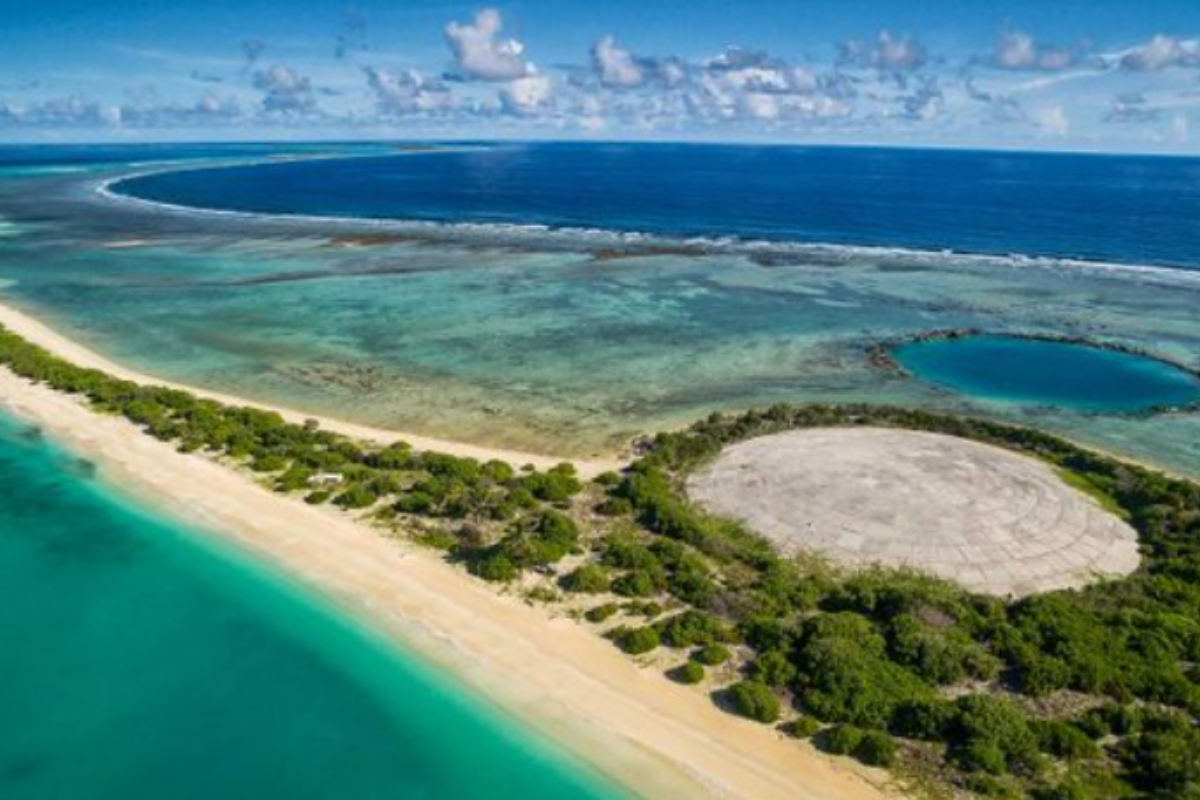
This Pacific island holds a dark nuclear legacy sealed beneath a massive concrete dome containing radioactive waste. The US government restricts access due to ongoing concerns about radiation levels from nuclear testing conducted in the 1950s.
The dome, known locally as ‘The Tomb,’ contains over 111,000 cubic yards of contaminated soil and debris. Rising sea levels threaten to compromise the structure, making the island increasingly dangerous.
Monuriki Island, Fiji
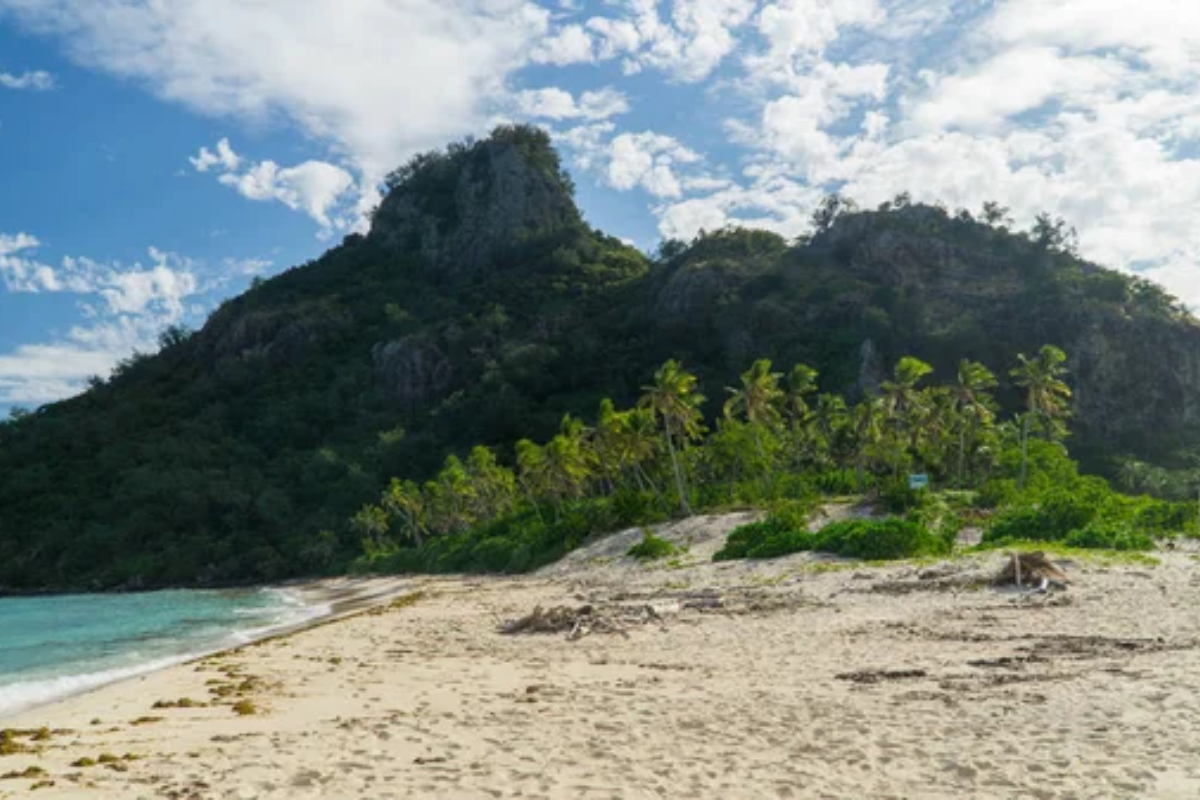
While famous as the filming location for ‘Cast Away,’ this small island remains closed to protect its critically endangered species. The Fijian government has designated it a crucial habitat for rare crested iguanas found nowhere else.
Strict conservation measures prevent tourists from disturbing the delicate ecosystem. Scientists carefully monitor the island’s wildlife population without disrupting their natural behaviors.
Lascaris War Rooms, Malta
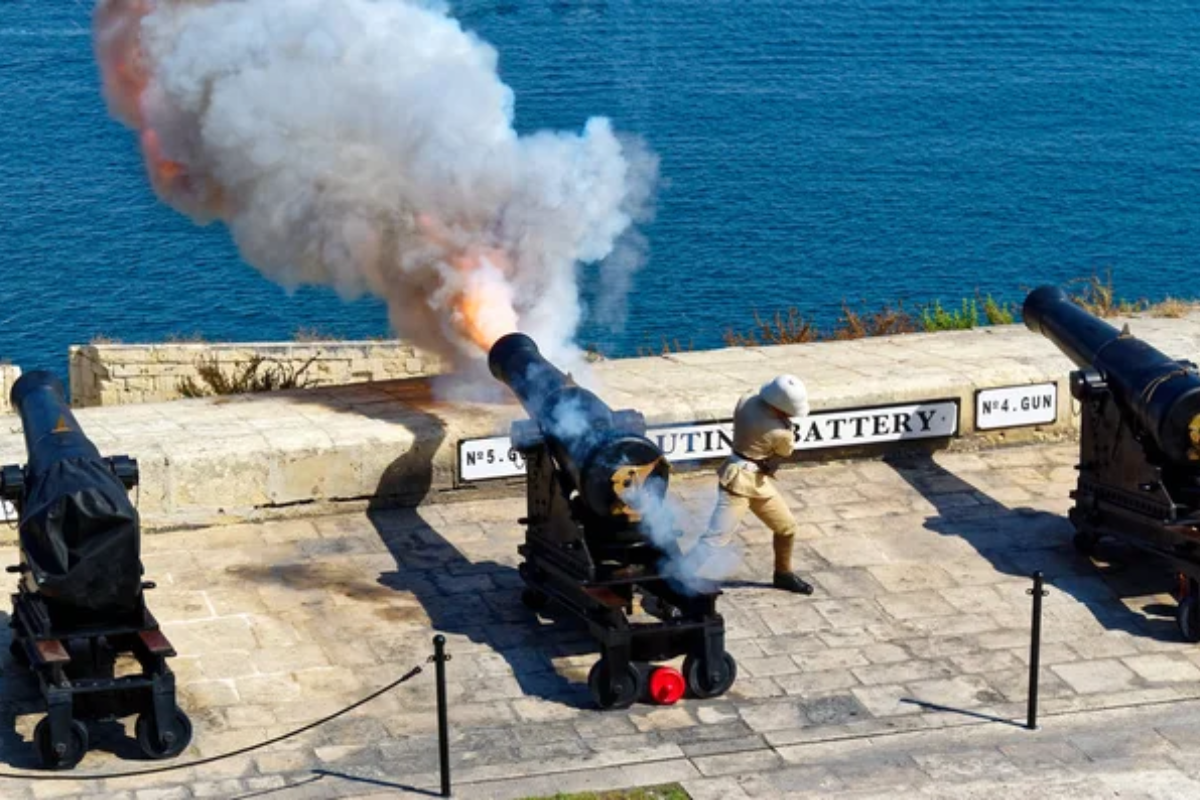
Though technically not a full island, this underground complex beneath Valletta remains largely restricted to preserve its historical significance. During World War II, it was a secret Allied command center coordinating Mediterranean naval operations.
The complex’s sensitive nature and ongoing preservation work limit public access to special occasions. Delicate original equipment and documents require carefully controlled environmental conditions.
Like Travel Pug’s content? Follow us on MSN.
Cheniere Caminada, Louisiana (USA)
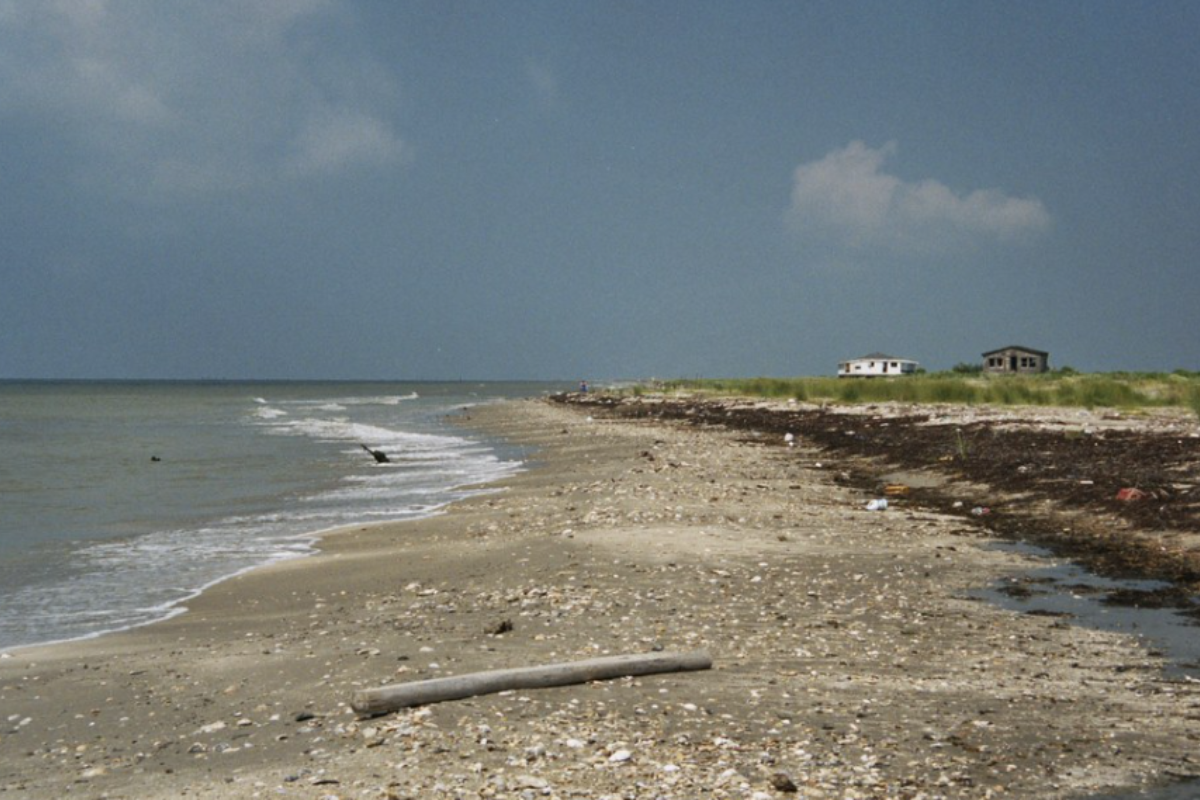
This former island community, devastated by a hurricane in 1893, remains off-limits due to extreme erosion and environmental hazards. Local authorities restrict access to protect both visitors and the fragile remains of this once-thriving fishing village.
Underwater obstacles and unstable ground make navigation around the area treacherous. The site serves as a sobering reminder of the Gulf Coast’s vulnerability to powerful storms.
Miyajima Island, Japan (Sacred Areas)
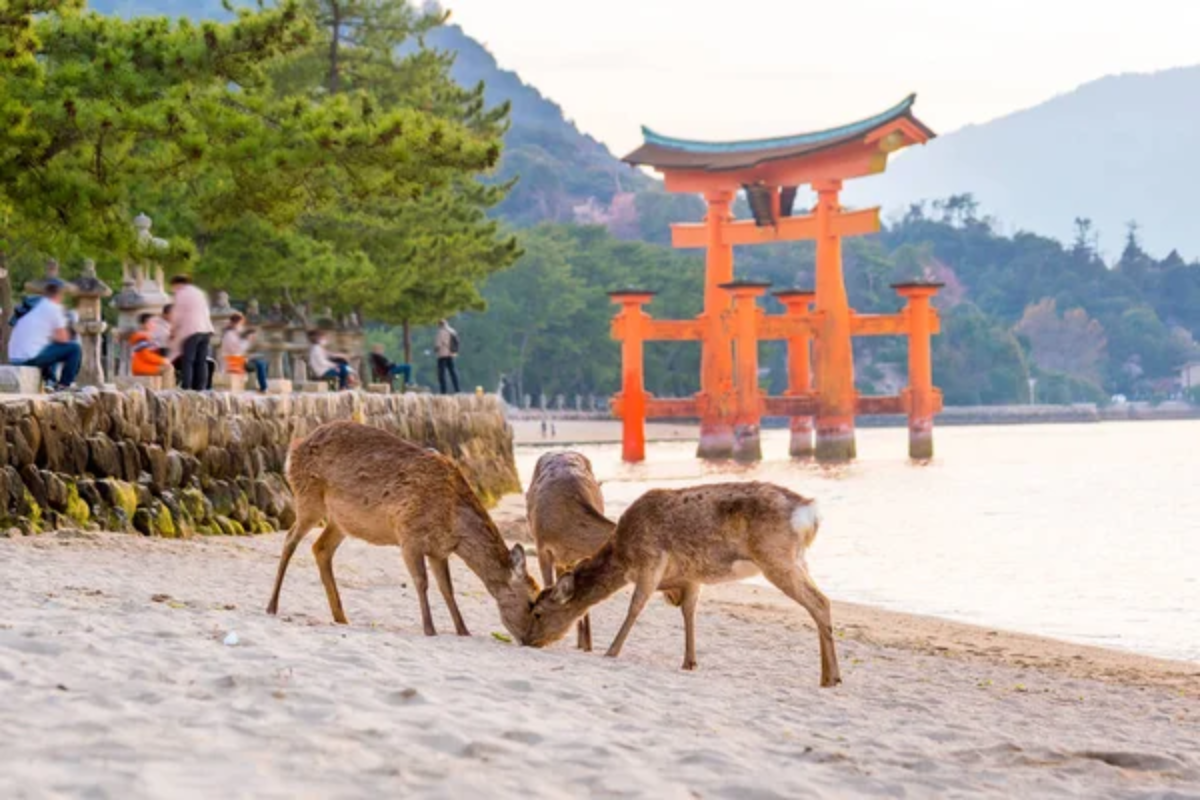
While parts of this island welcome tourists, its most sacred areas remain strictly forbidden. Ancient Shinto traditions declare certain mountain peaks and forests as dwelling places of the gods.
The local priests maintain centuries-old restrictions on accessing these sacred zones, and even photography of these areas is prohibited to preserve their spiritual significance.
Jabuka Island, Croatia
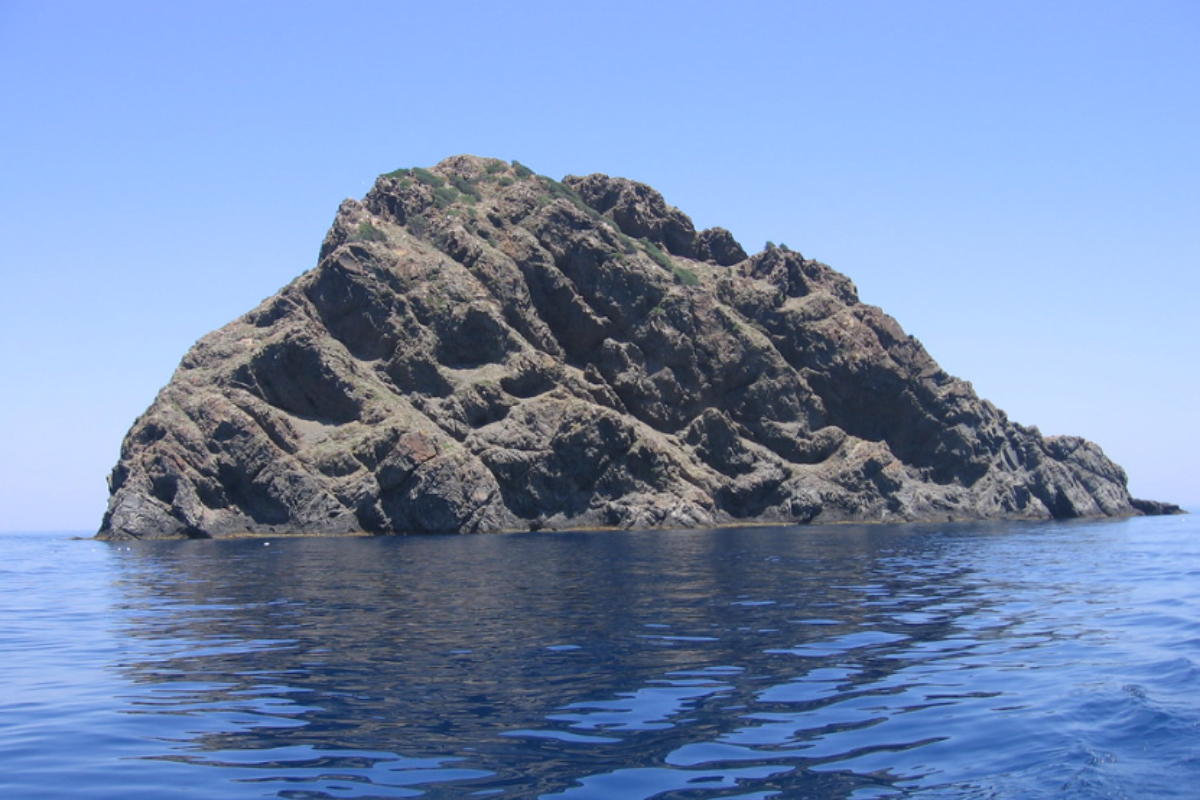
This volcanic island in the Adriatic Sea remains closed due to its strategic military importance and dangerous magnetic properties. The island’s high iron content creates local magnetic anomalies that can interfere with navigational equipment.
Croatian authorities maintain a strict no-landing policy to prevent accidents. The mysterious magnetic properties have spawned numerous local legends about ships going off course.
Like Travel Pug’s content? Follow us on MSN.
Banua Wuhu, Indonesia
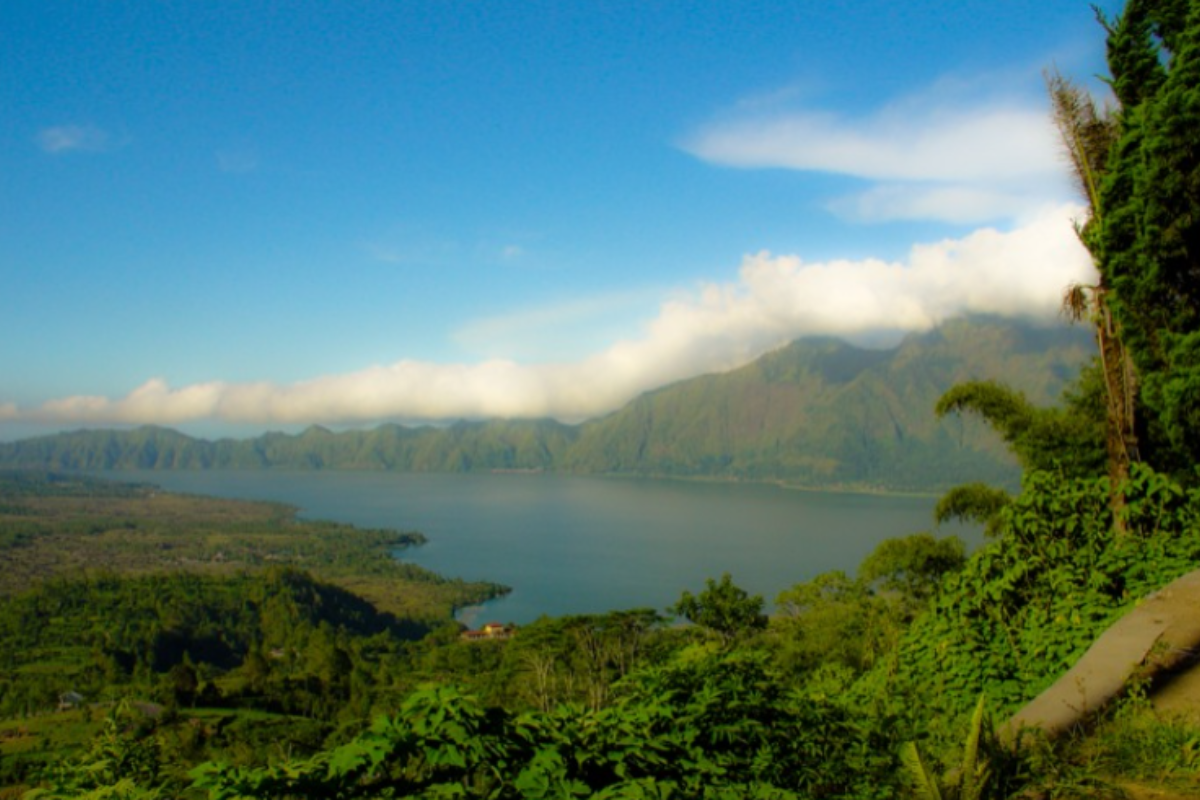
This submarine volcano occasionally breaks the surface, creating a temporary island completely off-limits due to volcanic activity. The Indonesian government restricts all access due to unpredictable eruptions and toxic gas emissions.
Local fishermen share stories of the island appearing and disappearing over the years. The surrounding waters remain a designated hazard zone for maritime navigation.
Fort Carroll Island, Maryland (USA)
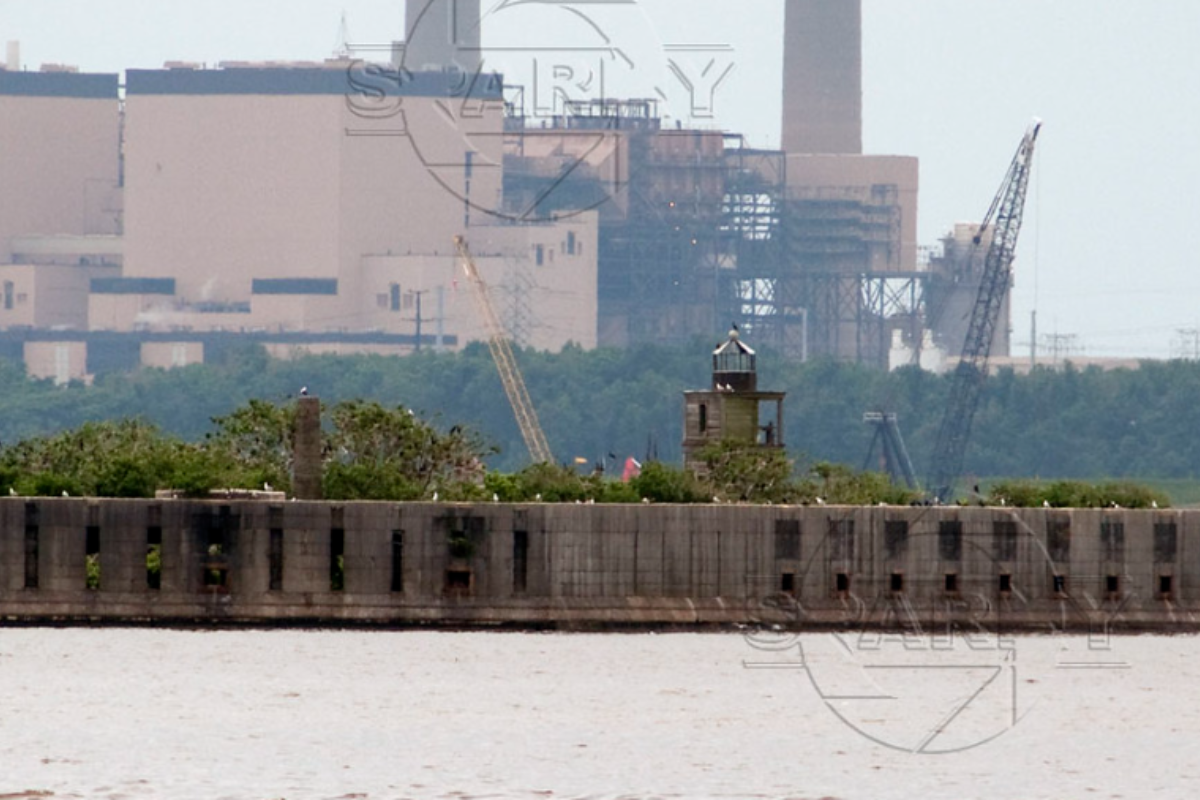
This artificial island fortress in the Patapsco River is closed to protect its historic structures and resident wildlife. The abandoned fort has become a crucial nesting site for various bird species in the Chesapeake Bay ecosystem.
However, structural instability makes the crumbling fortifications too dangerous for public access, so local conservation groups monitor the wildlife from a safe distance.
Rock Islands, Palau (Restricted Areas)
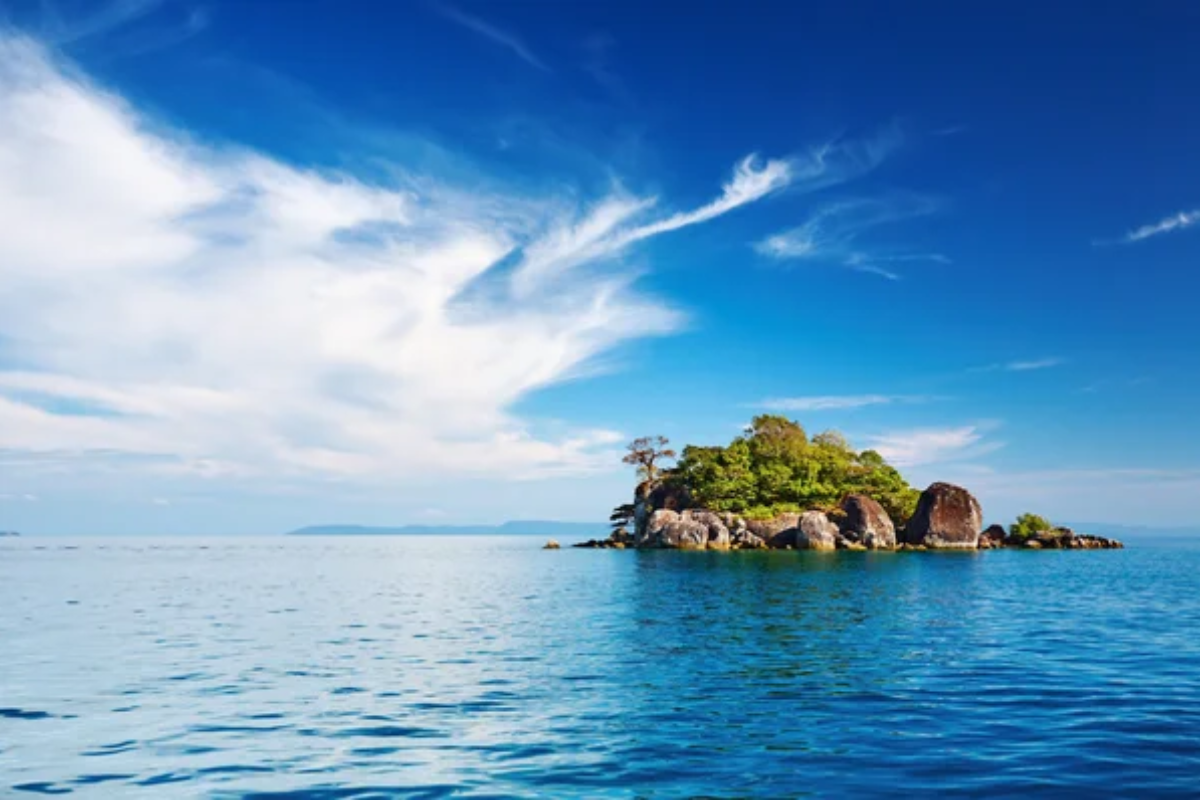
While some of Palau’s Rock Islands welcome tourists, certain areas remain strictly off-limits to protect ancient burial sites and cultural artifacts. The Palauan government enforces these restrictions to preserve their cultural heritage for future generations.
Local tribes consider these sites sacred and crucial to their cultural identity. Access to these areas requires special permission, which is rarely granted to researchers.
Like Travel Pug’s content? Follow us on MSN.
Preserving Earth’s Hidden Corners
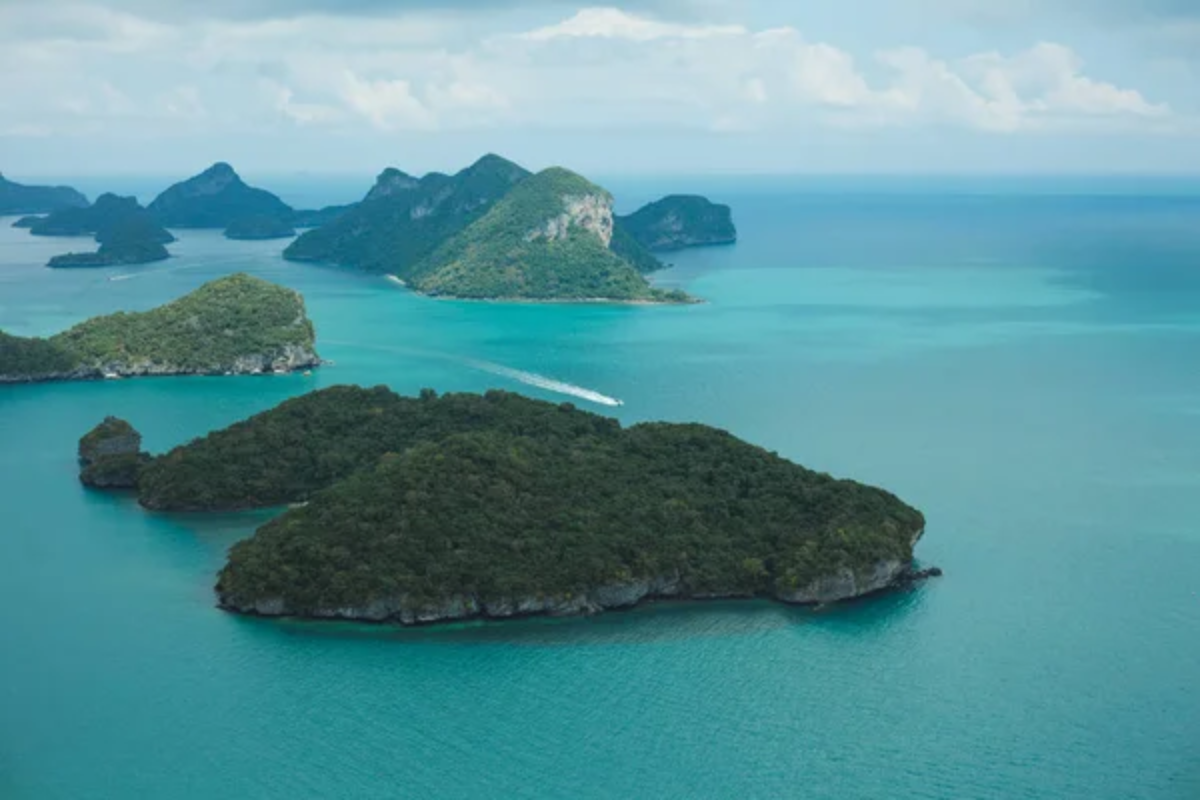
These forbidden islands remind us that some places remain untouched by modern tourism and development. Their restricted status helps preserve unique ecosystems, protect indigenous cultures, and maintain important historical sites for future generations.
While we might never set foot on these shores, their existence enriches our world’s diversity and mystery. Some places are left untouched, their secrets and sanctity preserved by their isolation.
More from Travel Pug

- 20 Towns Built for One Purpose That Were Later Abandoned
- 15 Hidden Spots in Disney World’s Magic Kingdom Most Visitors Miss
- 20 Photos of the World’s Most Beautiful Glacial Lakes
- 15 Canyons in the U.S. That Are Just as Stunning as the Grand Canyon
- 10 Under-the-Radar Mountain Towns That Are Both Affordable and Beautiful
Like Travel Pug’s content? Follow us on MSN.
